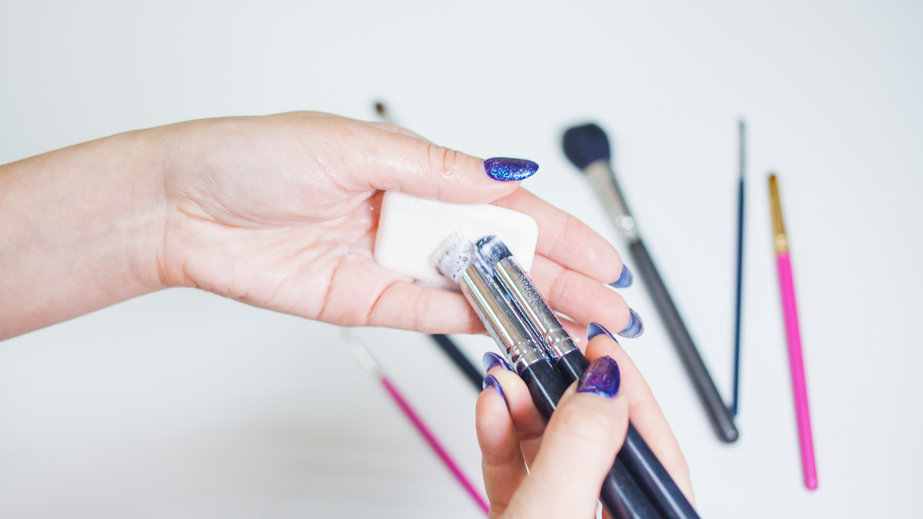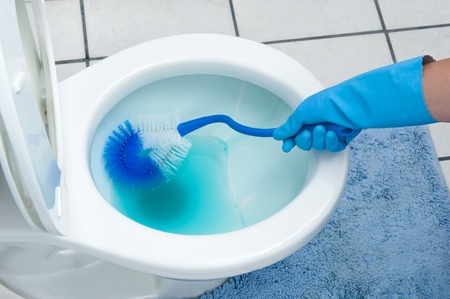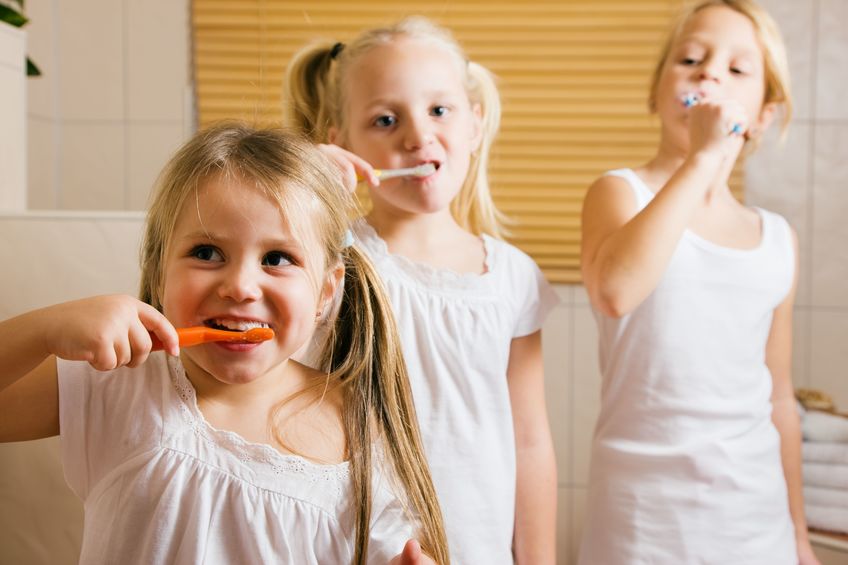How To Clean Makeup Applicators
How to clean makeup applicators. Your hands likely touch your face the most, but makeup applicators also have plenty of opportunities to transfer germs.
Cleaning your brushes and sponges not only removes dirt and bacteria, it helps them stand up to their important task of making you look beautiful and may help them last longer (good news for your budget).
To prevent the spread of germs, wash your hands well before applying makeup, and clean your applicators weekly. How to clean makeup applicators and brushes depends on what they're made of.
How To Clean Makeup Applicators by Type
Natural brushes hold on to bacteria tighter yet need gentler care. For these, it may be best to turn to store-bought cleaners specially designed for your brushes and to follow product label directions.
You can find types that enable you to dip your brushes in a solution, ones that you shampoo them in and then rinse, and still others to spritz on the brushes and then wipe off.
Synthetic makeup applicators are less prone to accumulating bacteria and easier to clean and dry quickly. One good DIY disinfectant: add a teaspoon of hydrogen peroxide and a few drops of baby shampoo to a bowl of warm water.
Allow your brushes to soak in the solution for about 10 minutes, then swish and remove. Rinse with cold water. Make sure to allow your brushes to air-dry completely before putting them back into the makeup application rotation. Moisture encourages bacteria.
To sanitize both natural and synthetic brushes, spray a tissue with alcohol and wipe the brush on the tissue.
How to Clean Makeup Applicators: Blending Sponges
These workhorse sponges enable you to apply just a bit of foundation or concealer to cover, well, everything you want to cover. But after a week, they can hide a lot of product and bacteria.
To bring a blender back to the clean side, squeeze it under running water until it is completely soaked. Apply a squirt of dishwashing liquid or baby shampoo directly on the sponge, then massages it in as you press it gently with your hands.
Enjoy the satisfaction of all that makeup mess releasing, then rinse and wring until the water runs clear. Allow to air-dry completely.
Another clever way to approach that blender: Treat it like a kitchen sponge and zap it. Just like your microwave can kill germs on that dish sponge, it can also help sanitize your beauty sponge. This sponge will need a bit more moisture to keep it safe as it's sanitized.
Fill a microwave-safe cup with water, then add a few squirts of dish soap or baby shampoo. Put the beauty sponge in the cup, dipping it a few times in the solution to get it nice and wet.
Microwave for one minute, let it cool 30 seconds before removing, then allow it to cool fully before lifting out the sponge and rinsing under running water. Wring and allow to air-dry.
- Clean Home
- Bathroom
- Cleaning Makeup Applicators













